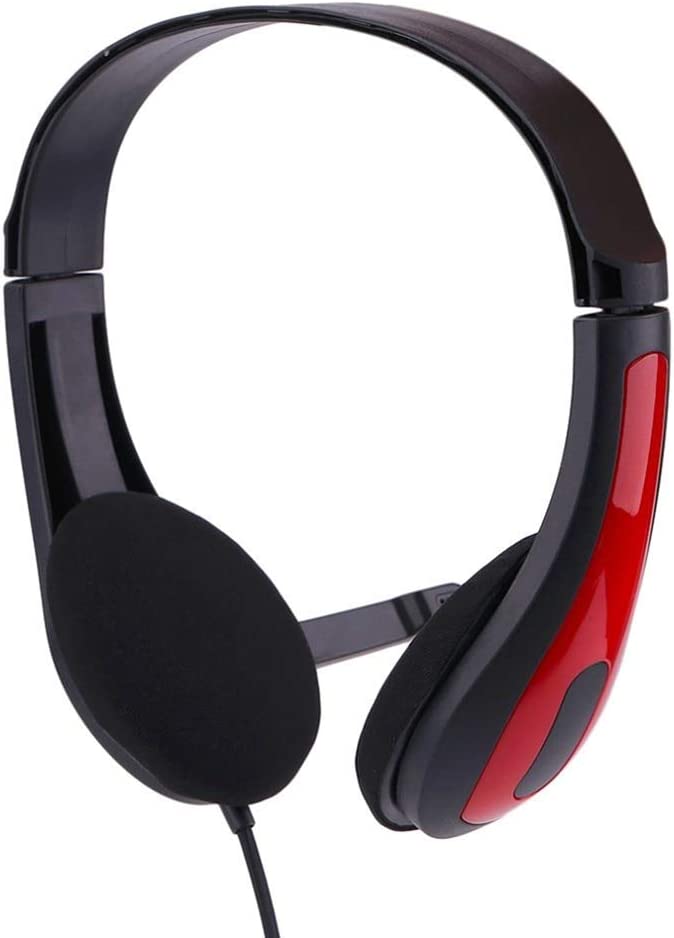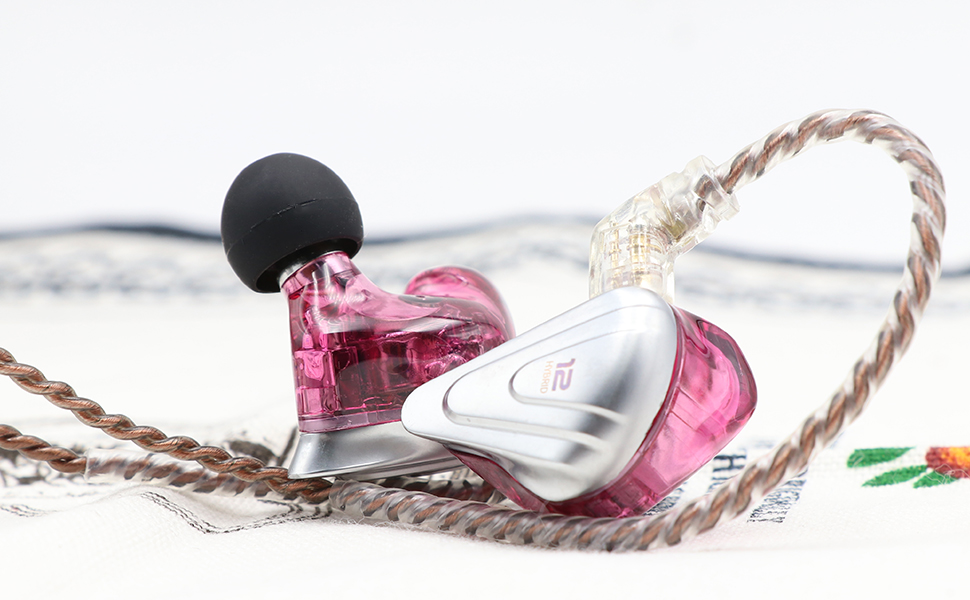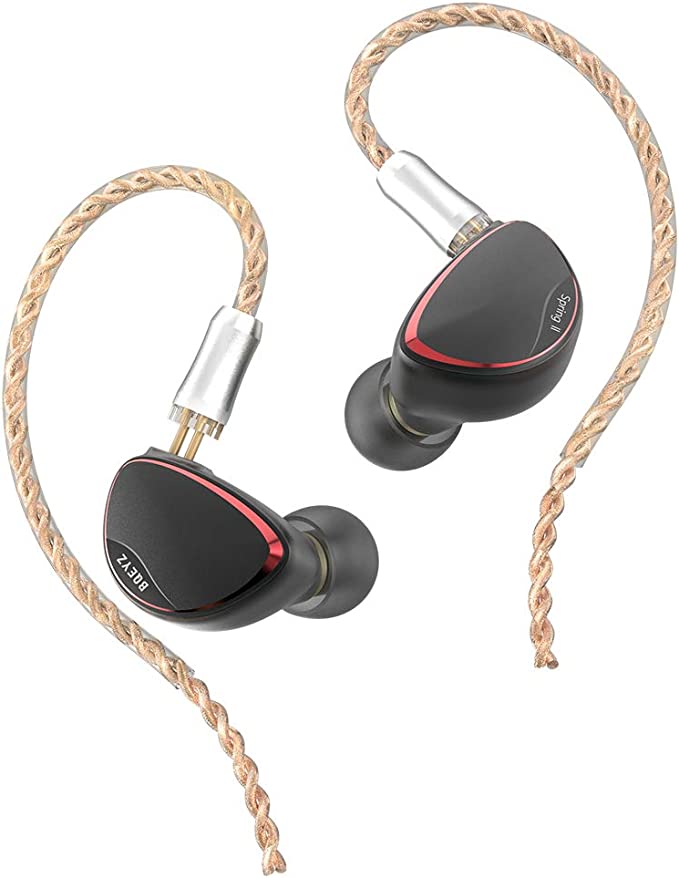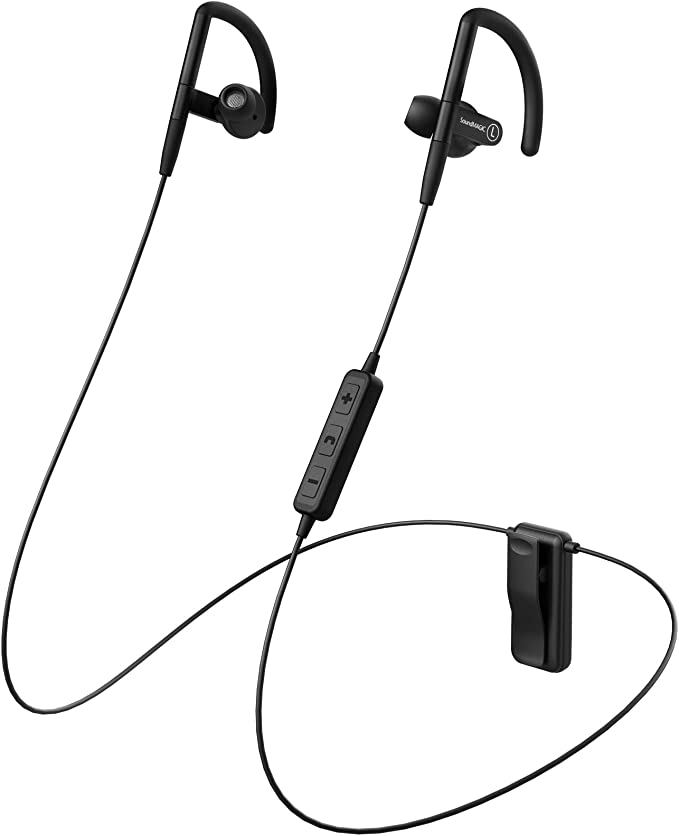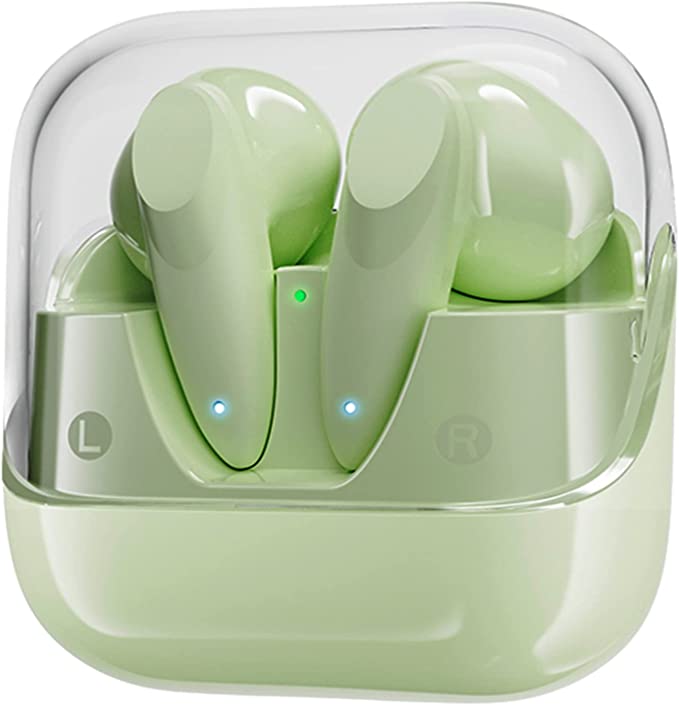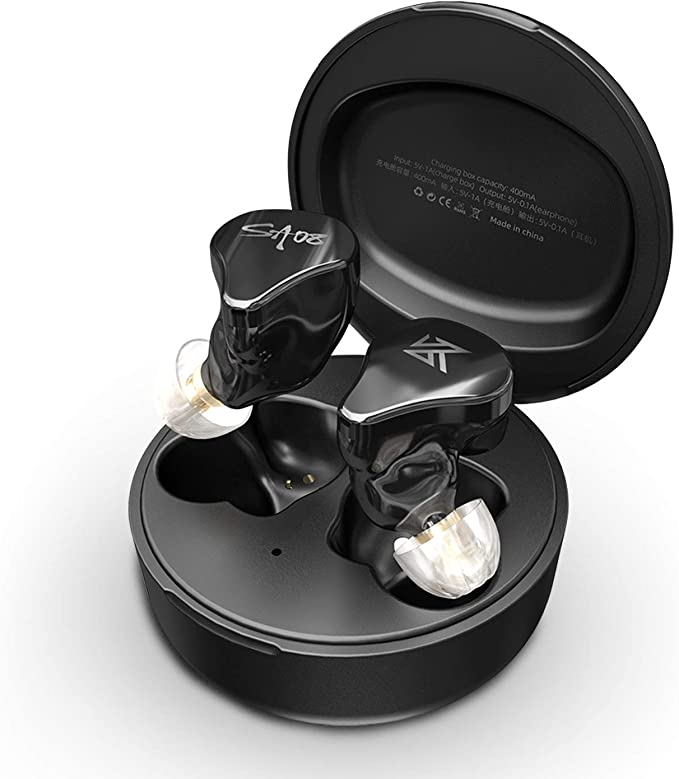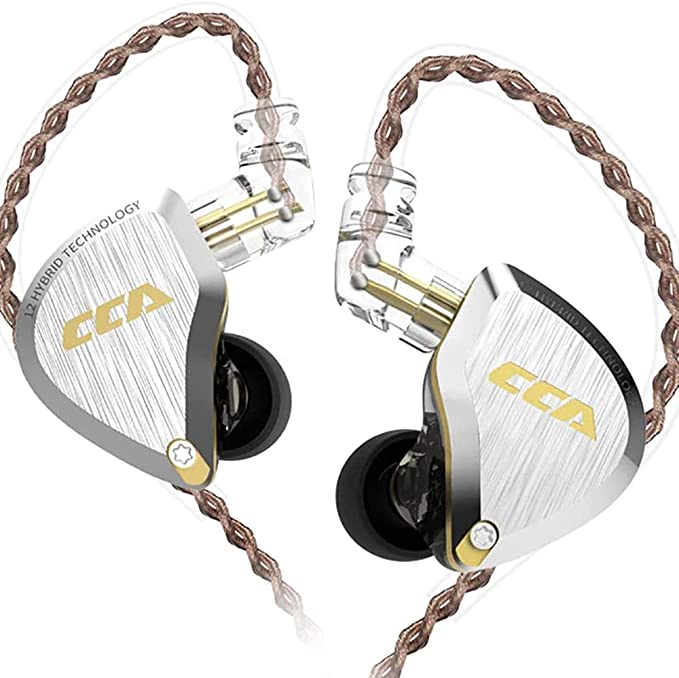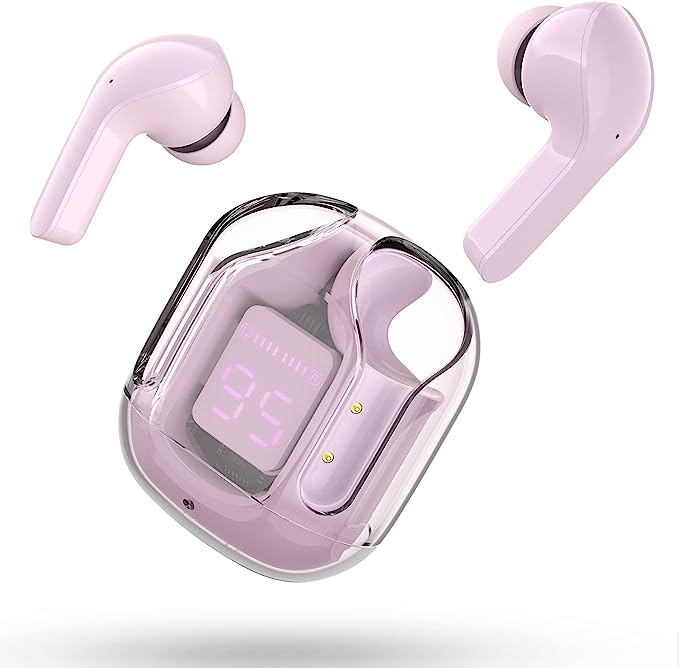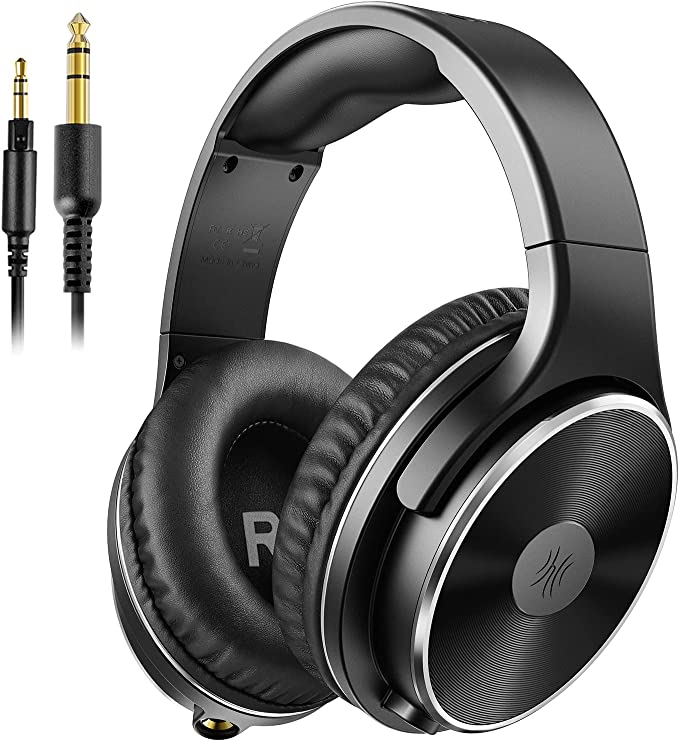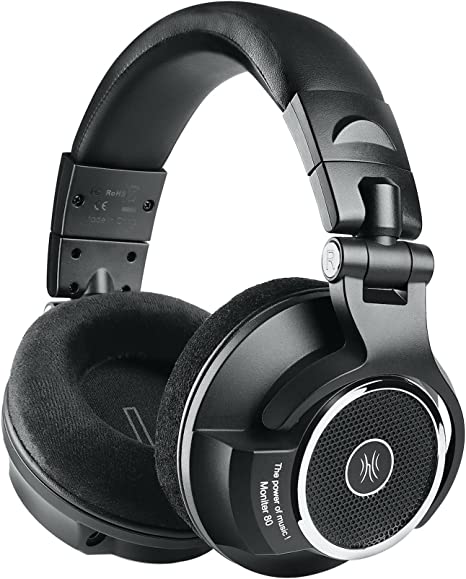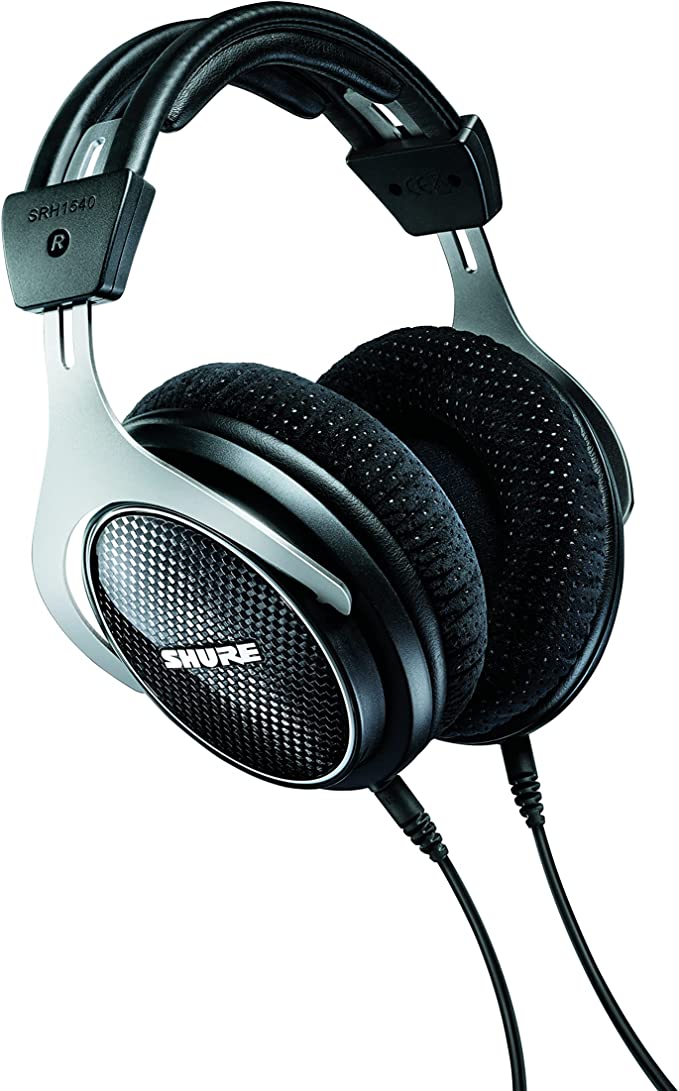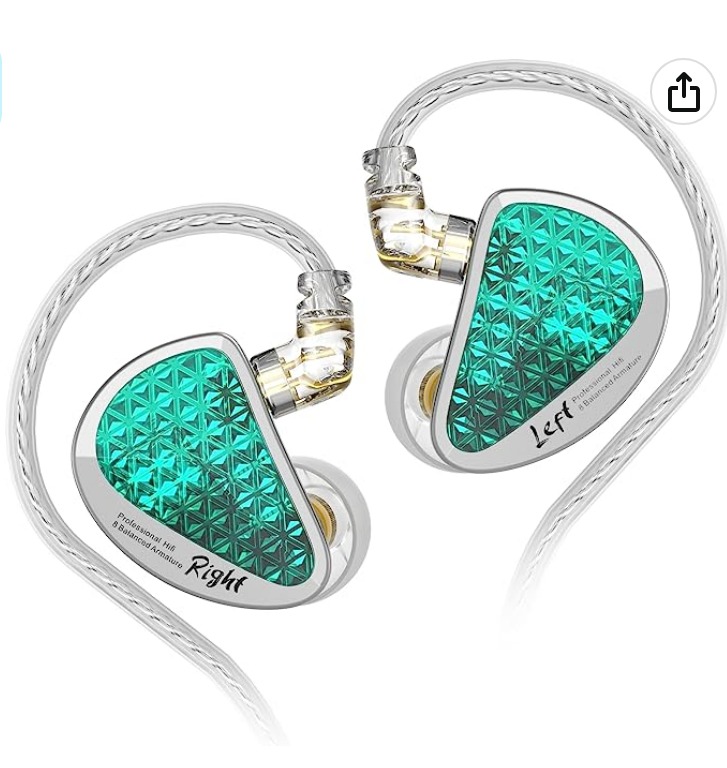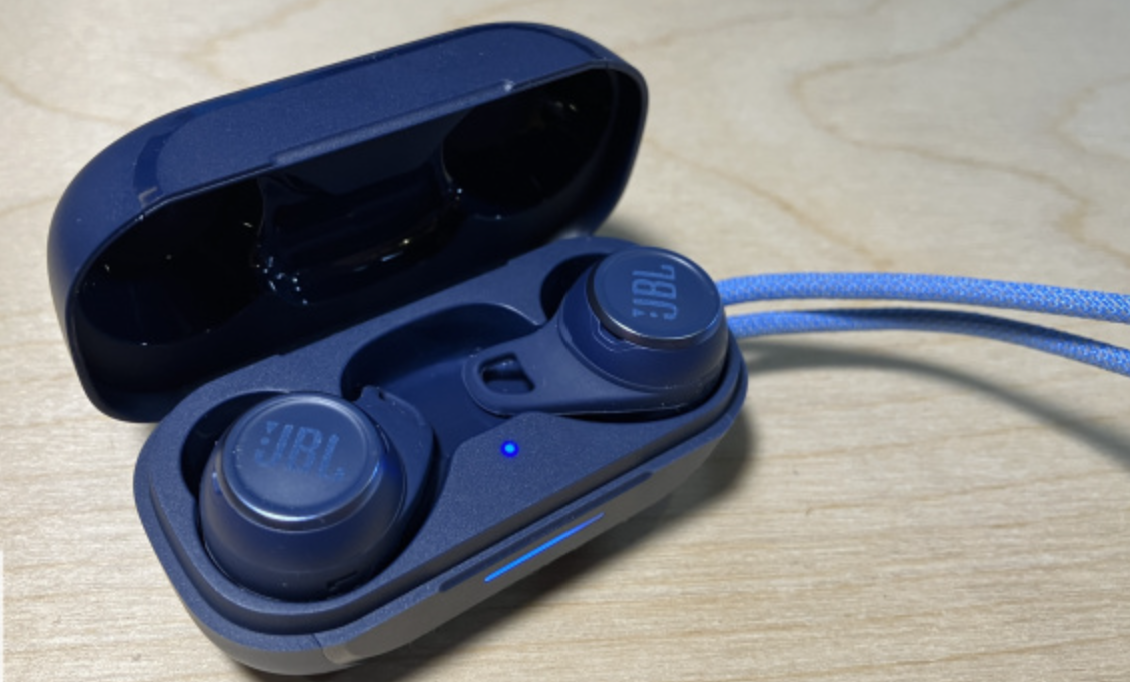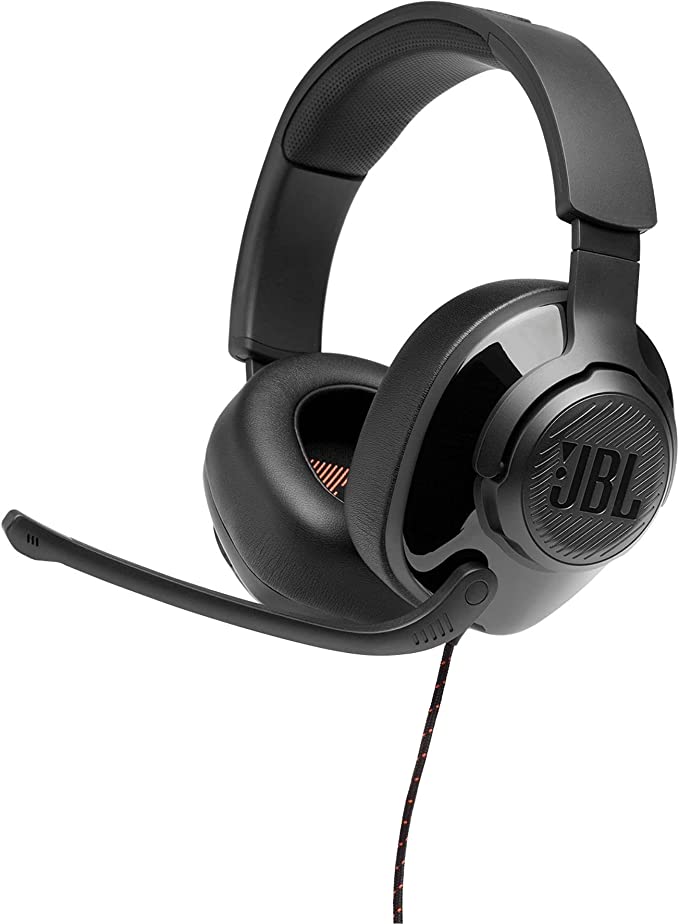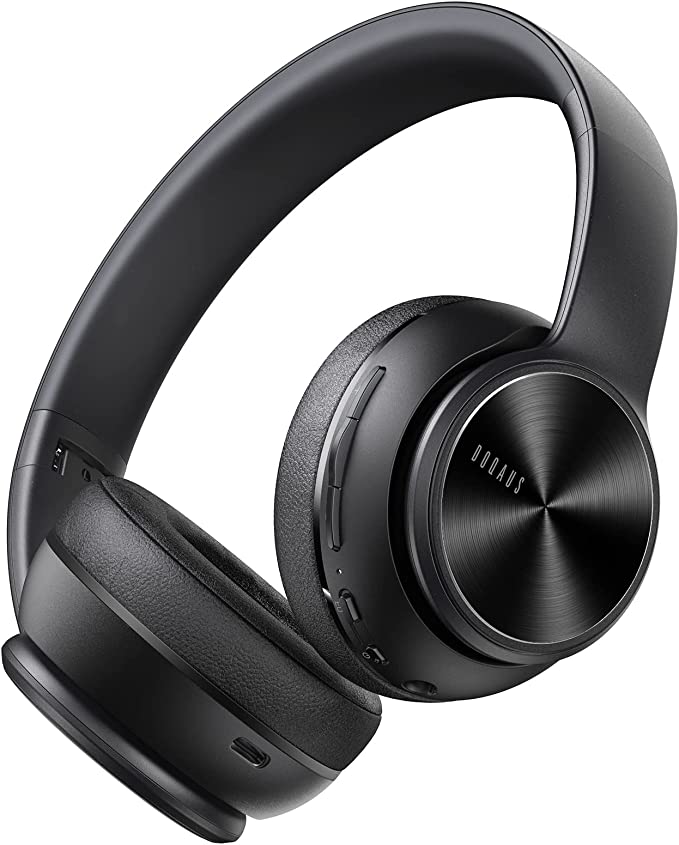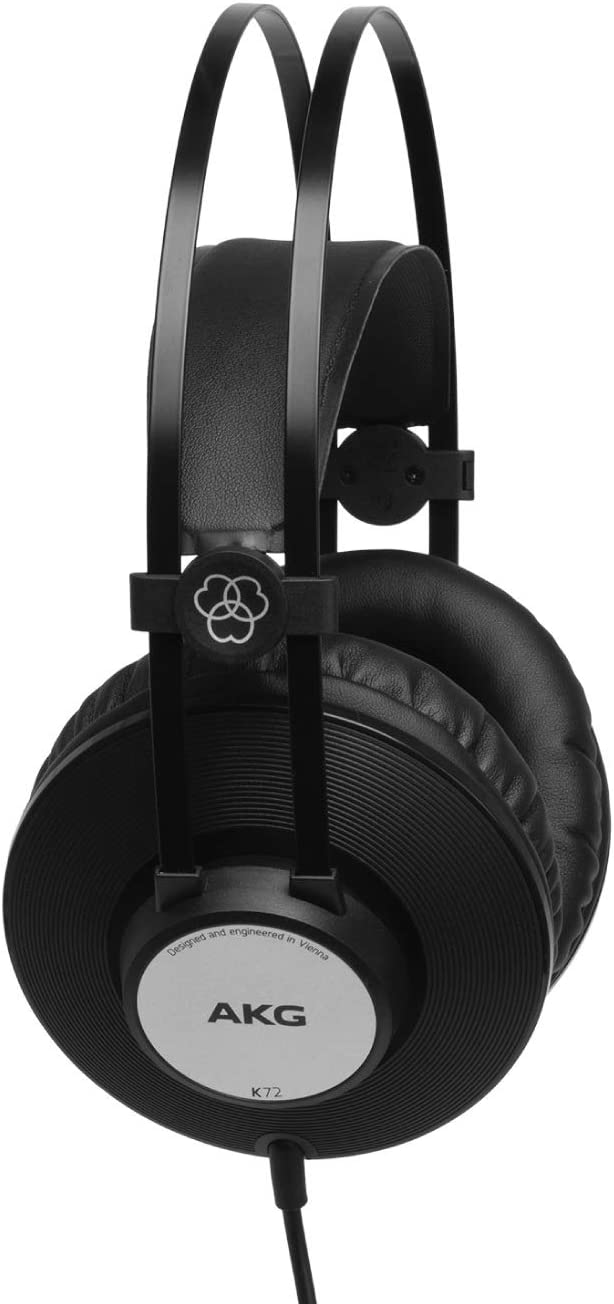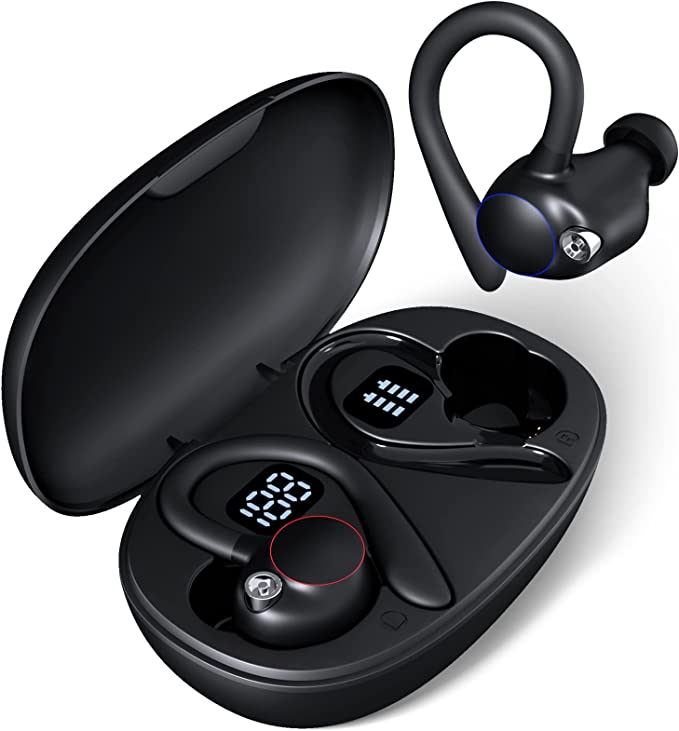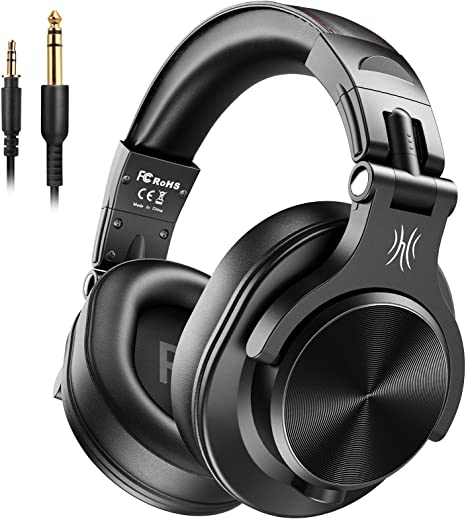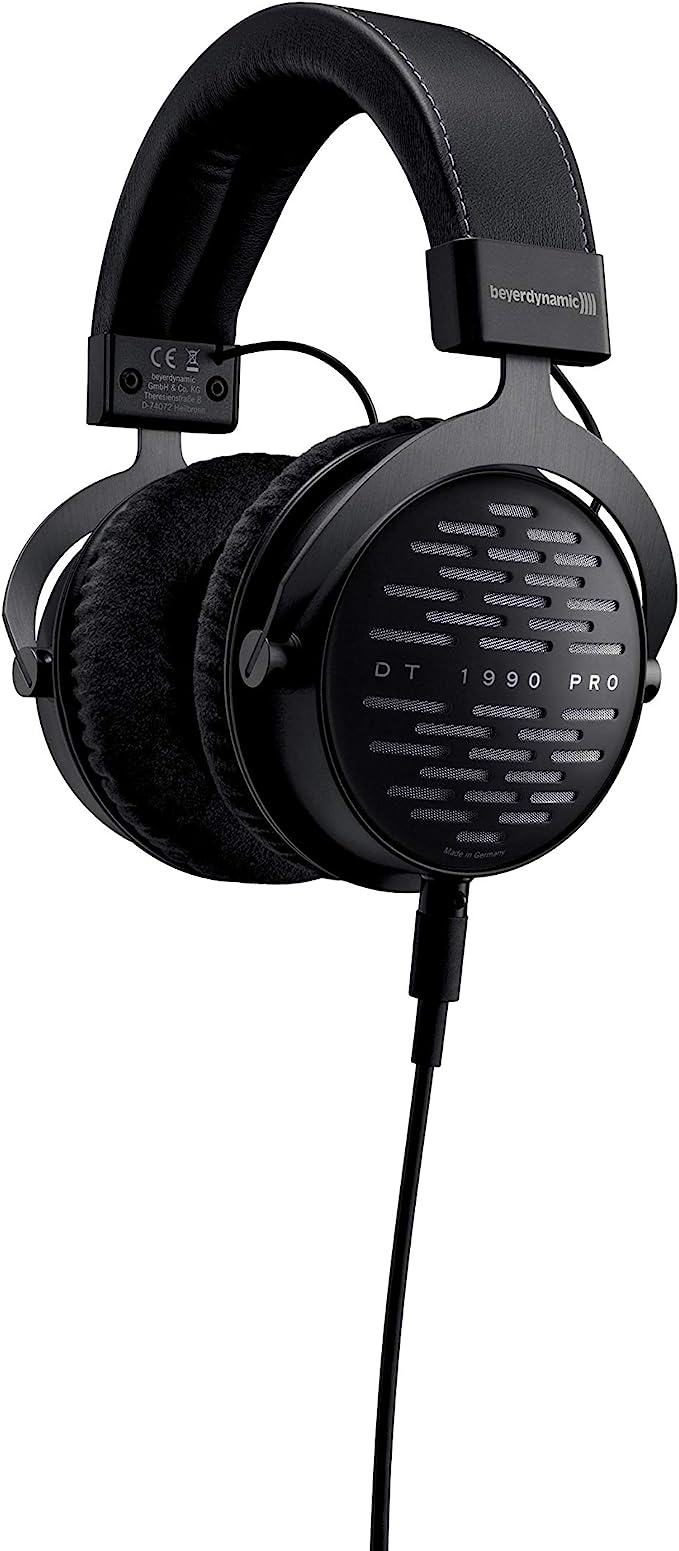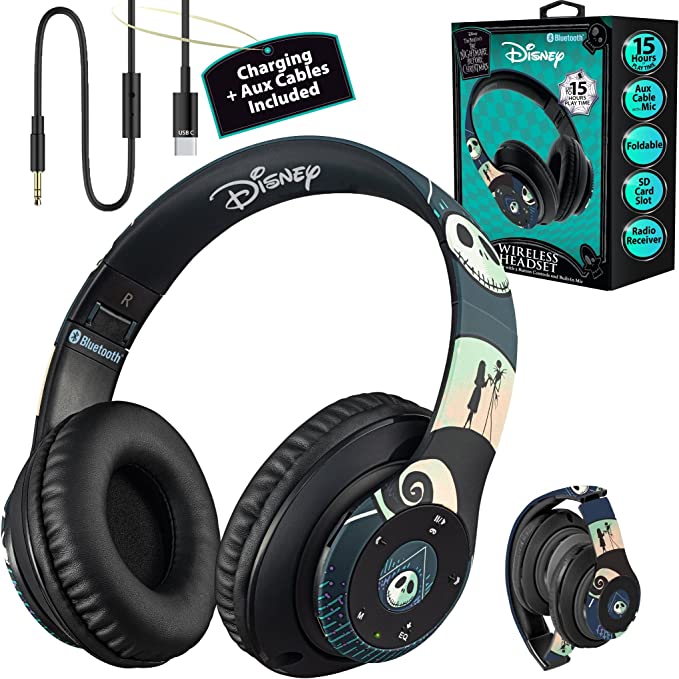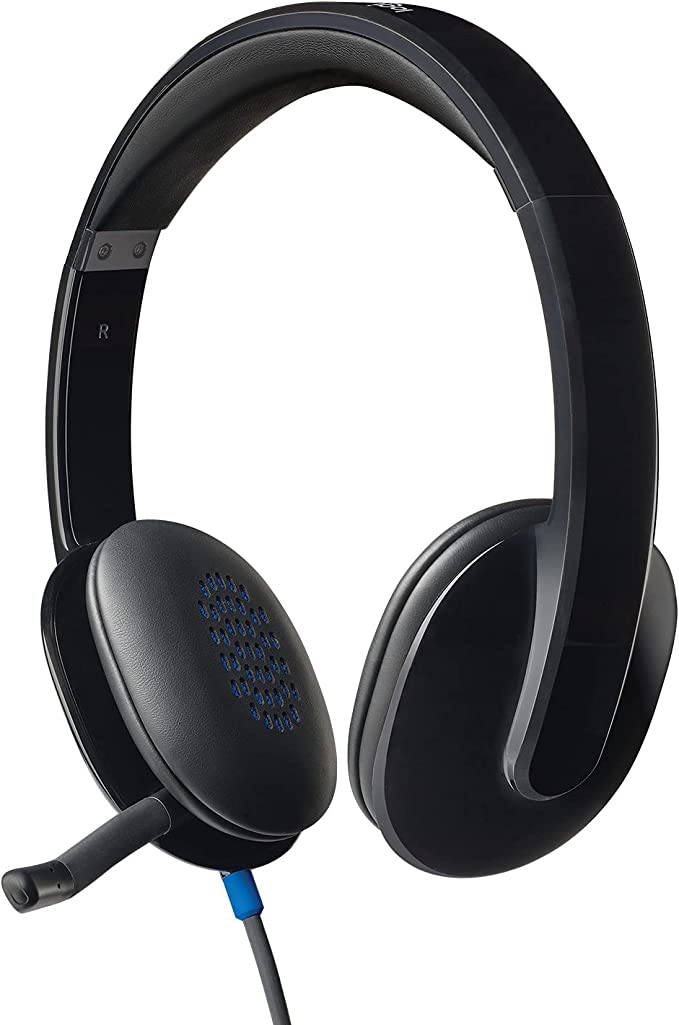Beyond the Wall of Sound: Decoding Hybrid Driver Architecture (Case Study: KZ ZSX)
Update on Nov. 23, 2025, 8:49 p.m.
In the world of personal audio, there is a distinct line between “hearing” music and “unraveling” it. For most casual listeners, sound is a singular event—a “wall of sound” where the bass, vocals, and cymbals arrive at the ear as a blended, sometimes muddy, mixture. But for audio engineers and critical listeners, sound is a layered architecture.
The quest to separate these layers has led to one of the most interesting developments in modern consumer audio: the Hybrid In-Ear Monitor (IEM).
Historically, achieving high-fidelity separation required massive over-ear headphones or expensive studio monitors. However, the democratization of manufacturing technology—often referred to within enthusiast circles as the rise of “Chi-Fi”—has miniaturized this technology. Today, we look at the engineering principles behind hybrid configurations, using the Erjigo KZ ZSX and its ambitious 1DD+5BA setup as our primary case study to understand how hardware affects what you hear.

The Physics of Drivers: Why One Isn’t Enough
To understand why engineers pack six drivers into a single earpiece like the KZ ZSX, we first have to look at the limitations of a single driver.
Most standard earbuds use a single Dynamic Driver (DD). Think of a DD as a tiny version of the subwoofer in your living room. It moves air by vibrating a diaphragm attached to a voice coil. It is excellent at producing the physical “thump” of bass because it can push a significant volume of air. However, because the diaphragm has mass, it has “inertia.” It takes a split second to start moving and a split second to stop.
This is problematic for high frequencies (treble), which vibrate thousands of times per second. If a single driver is trying to reproduce a heavy bassline (slow, deep movement) and a violin (fast, fluttering movement) simultaneously, the diaphragm can distort. The result? Audio “mud.”
The “Hybrid” Solution
This is where the hybrid architecture comes in. It borrows a concept from high-end loudspeaker design: specialization.
The KZ ZSX configuration (1DD + 5BA) illustrates this division of labor perfectly:
- The Foundation (1 Dynamic Driver): A 10mm Double Magnetic Dynamic driver handles the low frequencies. It provides the sub-bass rumble and the mid-bass punch. It anchors the soundstage.
- The Detail Work (5 Balanced Armatures): A Balanced Armature (BA) is a different beast entirely. It uses a magnetic reed that is balanced between two magnets. It has almost zero mass and no air vent. This means it can start and stop almost instantly.
In this hybrid setup, the heavy lifting of the bass is left to the Dynamic Driver, while the five BAs are tuned specifically for mids and highs. This separation prevents the heavy bass vibrations from overpowering the delicate treble details.
The Secret Sauce: Crossovers and Tuning
You might wonder, “If I just glue six speakers together, won’t it sound chaotic?”
It would, without a Crossover. In audio engineering, a crossover is a traffic cop. It directs low frequencies to the Dynamic Driver and high frequencies to the Balanced Armatures.
The KZ ZSX utilizes a physical and electronic frequency division method. By physically shaping the internal acoustic chamber and using electronic components (capacitors/resistors), the device ensures that the vocal range sits cleanly “on top” of the bass, rather than getting buried underneath it. This is why users often describe hybrid IEMs as having a “holographic” soundstage—you can mentally place where each instrument is coming from because their frequencies aren’t fighting for the same physical space on a single diaphragm.
Beyond Music: The Tactical Advantage in Gaming
While audiophiles chase “separation” for the sake of an orchestra, another group utilizes this technology for survival: Gamers.
In First-Person Shooter (FPS) games, audio cues are life or death. The sound of footsteps or a reloading clip is a high-frequency transient sound—a sharp, quick snap of audio.
- Standard Earbuds: The slow decay of a dynamic driver might smear this sound, making it hard to pinpoint.
- Hybrid IEMs: The Balanced Armature drivers in units like the ZSX react instantly.
This explains reports from users, such as “Computer Guy” (an avid FPS player), who noted that switching to a hybrid monitor acted like a “secret weapon” for locating enemies. The acoustic isolation combined with the speed of the BA drivers creates an accurate “imaging” map, allowing the brain to process directional audio with higher precision than standard gaming headsets often allow.

Materials and Acoustics: Zinc vs. Plastic
Acoustics isn’t just about electronics; it’s about materials. Sound is vibration, and unwanted vibration (resonance) is the enemy of clarity.
If you put a powerful driver in a flimsy plastic shell, the shell itself will vibrate, adding a “buzzing” or “hollow” coloration to the sound. This is why the KZ ZSX employs a Zinc Alloy faceplate. Metal is denser and more rigid than plastic, which helps to “dampen” these unwanted resonances. The combination of a resin cavity (for ergonomic molding to the ear canal) and a heavy metal outer shell provides a stable acoustic chamber.
The Connection: Why Detachable Cables Matter
Finally, we must address the 0.75mm 2-pin detachable cable standard seen in enthusiast gear. To the average consumer, a detachable cable seems like a repair feature. While true—cables are usually the first thing to break—there is a deeper benefit: Signal Integrity.
Stock cables are often the bottleneck in audio chains. By having a standardized connector, users can swap to:
1. Silver-plated cables: Which theoretically lower impedance for high-frequency transmission.
2. Balanced cables: Which eliminate electrical noise over longer runs.
3. Bluetooth Modules: Converting the wired monitors into TWS (True Wireless) units without sacrificing the driver quality.
Conclusion: The Architecture of Listening
The Erjigo KZ ZSX serves as a potent example of how far consumer audio engineering has come. It demonstrates that high fidelity isn’t just about “more bass” or “louder volume”—it is about the physical separation of frequencies and the specialized application of driver technology.
Whether you are analyzing the breathy texture of a jazz vocal or tracking the footsteps of an opponent in a virtual arena, the principle remains the same: clearer input leads to a better experience. Understanding the “Hybrid” architecture allows you to stop just hearing the wall of sound, and start seeing the bricks.

